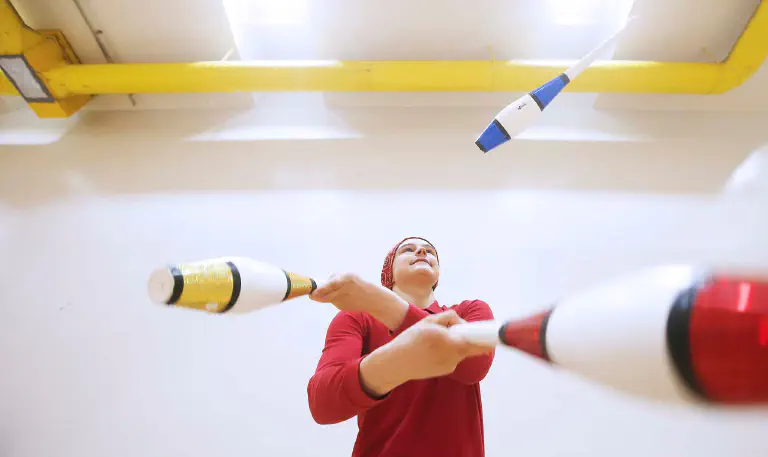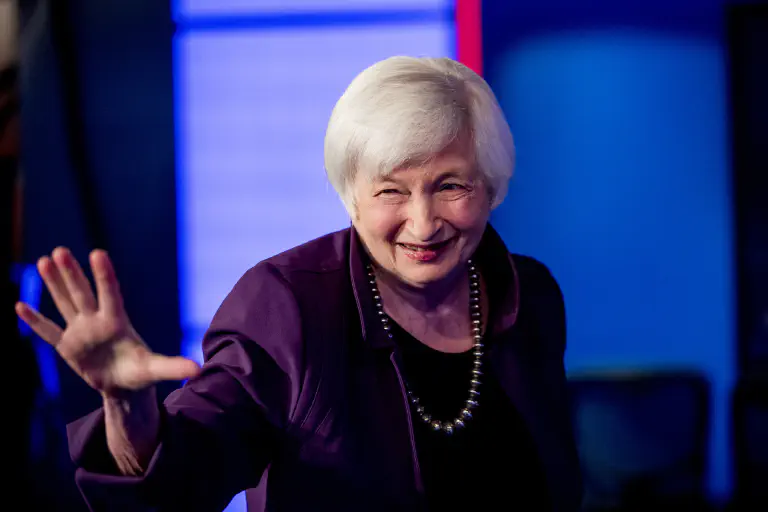National and international level statistics that report macroeconomic indicators, like nominal and real inflation, international transaction flows, and trade statistics, are relied on by market participants, policy makers and stakeholders as inputs to critical decisions.
More often than not, macroeconomic statistics are taken as reliable, after-all, those are our official statistics, right?.
But just how reliable are they?
Unfortunately, the answer is that aligning statistics with underlying realities is a challenging task, and mainstream macroeconomic statistics should, even in the best of cases, be taken with a grain of salt.
Price statistics, for example, are based as everyone knows on baskets of goods that don’t always adequately reflect prices.
Moreover, they are compiled using sources that themselves may suffer biases, or simply cannot be aggrigated at scale with feasible consistency and accuracy.
All this could change, as late-stage innovations coming out of the technology revolution are more and more commercially developed and promising.
Organizations around the world are now diverting resources to experimentation and development of Blockchain, the concept centered around a cryptographic ledger that permanently stores transactional data.
What started with Bitcoin, still the only live commercial Blockchain technology, is now an entire sector.
There is, for example, ‘Blockstream,’’ a group enabling companies to create Bitcoin compatible protocols to leverage existing Bitcoin infrastructure in their own products; ‘Ethereum,’ a blockchain technology that facilitates its cryptographic operations with a functional programming language; the IBM backed ‘Hyperledger,’ an open source Linux associated project enabling ledger privacy through permissioning; and, among others, Microsoft and R3, a group initiative combining the power of Microsoft’s cloud technologies with a consortium of financial institutions to test and develop blockchain as a facilitator of ‘clearing-house free’ transactions.
So how does Blockchain work?
The Wallstreet Journal’s CIO report gives a concise explanation by citing Guardia, a provider of blockchain-based products:
"assume an organization has 10 transactions per second. Each of those transactions receives its own digital signature. Using a tree structure, those signatures are combined and given a single digital fingerprint--a unique representation of those transactions at a specific time.
That fingerprint is sent up the tree to the next layer of infrastructure, such as a service provider or telecom company.
This process happens for every organization in the network until there is a single digital fingerprint that encompasses all the transactions as they existed during that particular second.
Once validated, that fingerprint is stored in a blockchain that all the participants can see.
A copy of that ledger is also sent back to each organization to store locally.
Those signatures can be continuously verified against what is in the blockchain, giving companies a way to monitor the state and integrity of a particular asset or transaction."
Because the distributed network of participants engage through a common protocol and consensus mechanism to enable permanent historically verifiable transactions that don’t require matching through third party clearing house vendors, they are resilient, in that information is not stored in one single place, and functional without third party clearing houses.
Another exciting aspect of blockchain comes through the expectation that developmental ecosystem dynamics will push vendors into new sectors.
While BITCOIN has the Stackelberg advantage, which gives it lengthy peer review, stress-testing, and protocol maturity, other organizations are bound to make breakthroughs that promise to shift the global foundations of transactional economics.
New market ecosystems typically consolidate as entities in specific niches reach tipping points.
This pushes developing players to apply their business models and technologies in new fields.
The market for international macroeconomic transaction recording, and the statistics that are derived from them, stand to gain a lot if blockchain technologies push into international trade in goods and services.
One can readily envision, though government support might be a long time coming, a crypto ledger at the bank for international settlements, for example, that is directly linked with blockchain to central and regional banks around the world.
Markets with less definitive sizes, like the eurodollar market, could be more distinguishable when blockchain technologies bring international financial flow data into the publicly accessible sphere.
Inflation, a mysteriously vague phenomenon, as far as accuracy is concerned, though it is regularly estimated, could become a much more exact indicator.
Blockchain technologies are one way the data revolution promises to impact statistics around the world.
Such a change itself would create more market efficiency, enable governments to plan more carefully for international flows of goods and services, and reduce global long-tail economic volatility.
















